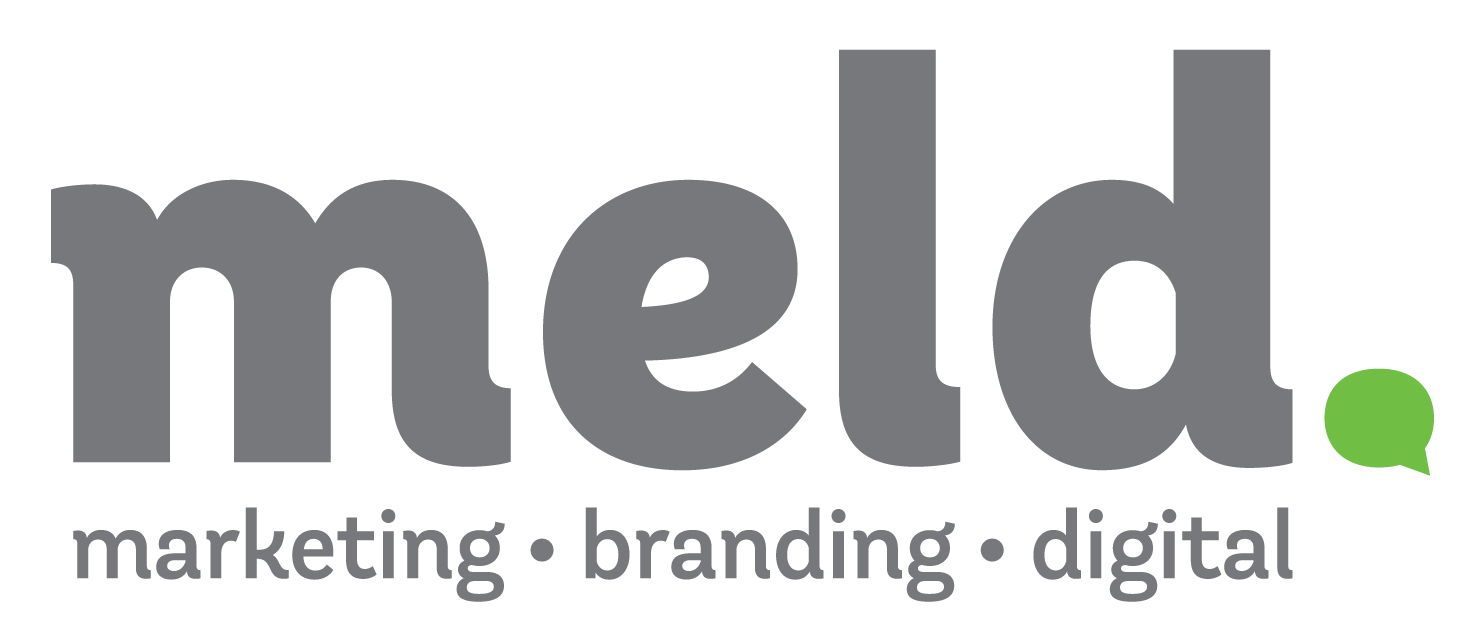Every day, millions of people use LinkedIn to search for jobs, make connections in their industry, and develop their professional image. But when brands choose social media sites to promote their business, LinkedIn tends to fall to the wayside. After all, it’s more of a recruiting tool than a marketing tool, right? Not quite.As the leading professional social media network, LinkedIn is a gold mine of content, people, and brands relevant to your industry. It’s the perfect place to engage in your business’s community, spread brand awareness, and hopefully generate leads in the process. Especially if you are in a business-to-business (B2B) sales role, LinkedIn is a place where you can meet new contacts and potentially generate new clients. To help you do just that, we’ve outlined some basic steps below.
Make Sure Your LinkedIn Company Page is Complete.
It sounds like a no-brainer, but the Company Page is essentially your brand’s ‘profile’ on LinkedIn. It’s a landing page for people to discover what your company does, as well as who works there. Company Pages are free to create, although you do need to have a personal LinkedIn account already set up to create one.Completed Company Pages generate twice as many views as incomplete ones. Incomplete pages send the message that your company is unreliable, which could drive away potential business. LinkedIn now also has a page completion meter, which can help you determine which parts of your page are still unfinished. For maximum page views, incorporate keywords into your company profile that potential customers may use when searching for your product or service. Also, be sure to include a link to your LinkedIn page on your company website.
Post Content Regularly.
It’s not enough for your Company Page to just exist—you need to fill it with content. Two million posts, articles, and videos are posted on LinkedIn every day, and the effect of that content is enormous. Ninety-one percent of executives rank LinkedIn as their first choice for professionally relevant content, and organizations that post at least monthly gain followers six times faster than those who post less frequently.Sharing content regularly, whether it’s your own content or a repost of other industry-related content, shows the audience you’re engaged in your niche and know your stuff.
Keep It Visual.
While it’s no Instagram, LinkedIn visual content performs the best. Posts with images get two times as many comments, and posts with video get five times as many comments. Infographics are also a handy visual tool. No matter how good your written content, pairing it with compelling visuals is the key to driving eyes toward your brand.
Make Your Content Count.
According to LinkedIn, ‘salesy’ content doesn’t perform well on the platform. Rather, your content marketing strategy on LinkedIn should be centered around providing authentic content that answers questions or helps people do their jobs better. For this reason, ‘how to’ posts and lists are the most commonly shared articles on the site. Headlines including “8 Steps to…” and “10 Tips for…” dominate users’ LinkedIn feeds. Crossposting the same content to several social media sites is usually not recommended for any platform, but it should especially be avoided on LinkedIn. Personal photos of your family, pets, and vacations that would rake in likes on Facebook and Instagram would stand out on LinkedIn—just not in a good way. LinkedIn’s engagement is the opposite of most other social media sites, peaking during the middle of the work day and slowing during evenings and weekends. The best time to post is on weekdays from 9 a.m. to 12. p.m.
It Starts with You.
LinkedIn also has a new feature that notifies employees as soon as new content goes live. Having employees then share the content with their own networks is a great way to expand your organic reach. Don’t worry, though—these alerts are limited to one every seven days, so you won’t overload your employees’ LinkedIn notifications. Another one of LinkedIn’s new features, called ‘kudos and team moments,’ provides page admins with a new way to recognize a specific employee’s accomplishments. These personalized shout-outs are great for introducing new hires, celebrating work anniversaries, or announcing a recently-won award. This content serves not only as an opportunity for a subtle brag about your organization, but it also offers potential customers a glimpse at the people behind your company.
Know Your Audience.
You’re posting great content and at the appropriate times, but who are you reaching? Audiences vary from platform to platform, but LinkedIn stands in contrast with the other social media sites. LinkedIn’s users are the most educated of any social platform, with 50 percent possessing a college degree and 45 percent earning $75k or more per year. Aside from Facebook, they’re also the oldest audience demographically, with one-third of users between the ages of 30-49. In other words, a post that appeals to a minimum-wage earning college student on Instagram won’t appeal to a middle-aged business exec on LinkedIn.
How Often?
LinkedIn also tends to be the social media site that gets the least amount of users’ time. A new user joins LinkedIn every two seconds, but users only spend an average of 17 minutes per month on the platform. This narrow window to catch people’s eyes raises the stakes for how intriguing and useful your LinkedIn presence should be. Catching users’ attention quickly while also following through with quality content and information is key.
Grow Your Following.
Once you’ve reached your target audience, you want to keep them around. Adding a “Follow” button to your Company Page allows your posts to appear directly in your followers’ feeds.To start building your following, have your employees follow your Company Page and indicate that they work there. This means anyone viewing your employees’ personal profiles can find and follow your Company Page, organically expanding your brand’s reach. It’s important not only to receive follows, but also to give them! Following other Company Pages, especially ones for brands in your field, helps put you on potential clients’ radars. Finally, you can invite people to follow your Company Page, just like you can invite people to like a Facebook page. To increase your chances of that invite resulting in a new client or purchase, be sure you’re inviting people who appear to have a legitimate interest in what you’re offering, or those who at least fit the demographics.
Avoid Being Salesy.
We’ve already touched on this, but it’s worth reiterating. Even if you do everything above correctly, you could still end up turning potential customers away by pushing your products or services too forcefully.Remember, when marketing your business on LinkedIn, the goal is not to sell. It’s about increasing brand awareness by being consistently visible to your audience and providing them with useful information. LinkedIn calls this the “Promoter’s Paradox”: walking that fine line between conveying your company’s strengths and services without coming across as salesy. It’s tricky, but rewarding when you get it right.
Build Your Own LinkedIn Profile.
Follow some of these best practices for your own personal LinkedIn profile, especially if you plan to use the platform to reach out to potential customers.
- Use a professional photo for your profile photo (vs. vacation or family photos).
- Personalize your LinkedIn URL—this is easy to do and makes your profile appear more professional.
- While you may have done some amazing things in high school, limit activities and volunteer work to the last five to 10 years. Include your most recent education (likely college) and items that are still relevant to your profession.
- Join LinkedIn groups relevant to your industry. Share ideas, engage in discussions, and learn more from your peers.
- Like and share posts from others (this appears on your profile page).
- Create and share content that is business focused (interesting articles, professional perspectives, business opportunities).
- Limit your sales pitch on your profile and save it for discussions/conversations with your network.
- Have a reason to connect to others; don’t just request to connect with random people you’ve never met (most people don’t like or appreciate that).
In Summary
Although it differs from other social networking sites in many ways, LinkedIn can be a valuable tool for marketing your brand and establishing your industry expertise. Want to learn more about what types of content work best on LinkedIn and other social platforms? Check out our Choosing the Right Social Channels for Your Content blog post. Still have questions? Reach out and we’d be happy to help.



